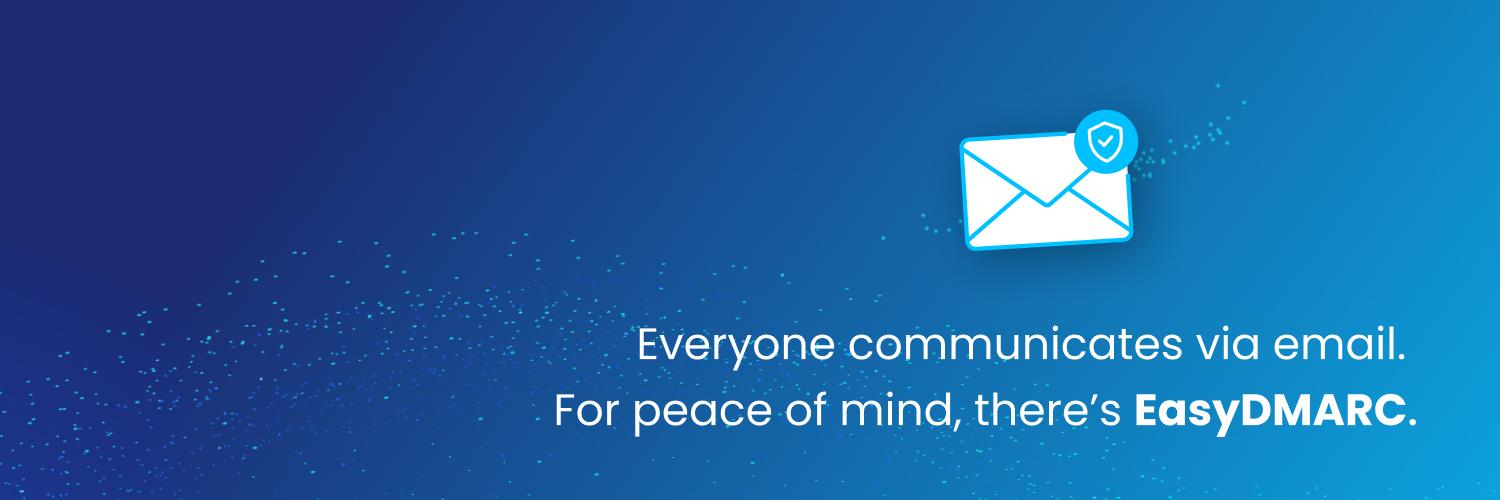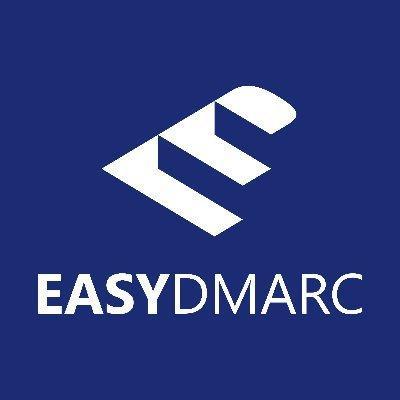


DMARC Journey Made Simple #dmarc
212 oameni carora le place asta
0 Postari
0 Fotografii
0 Video



